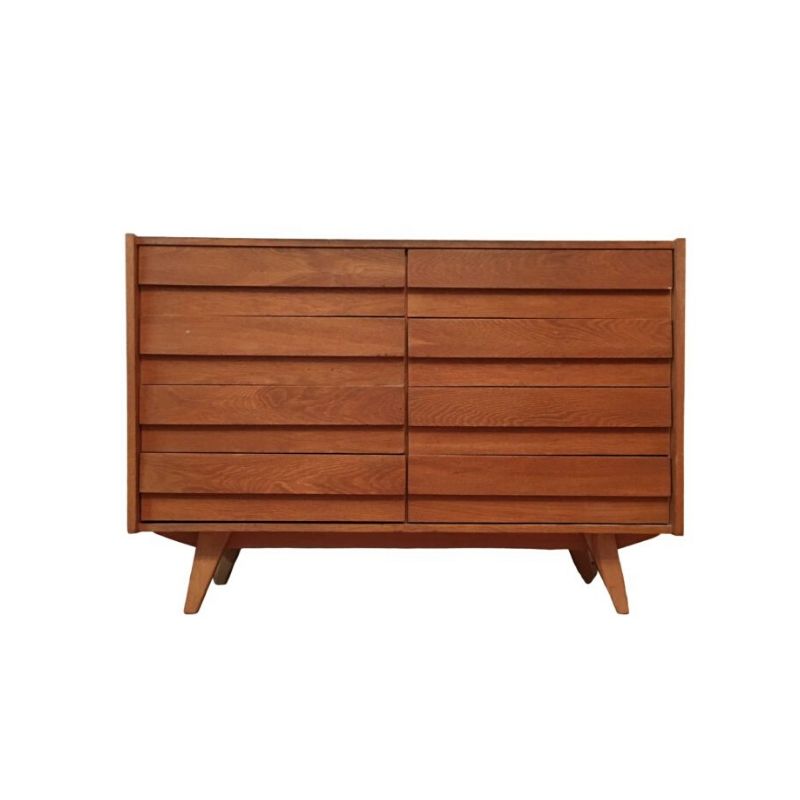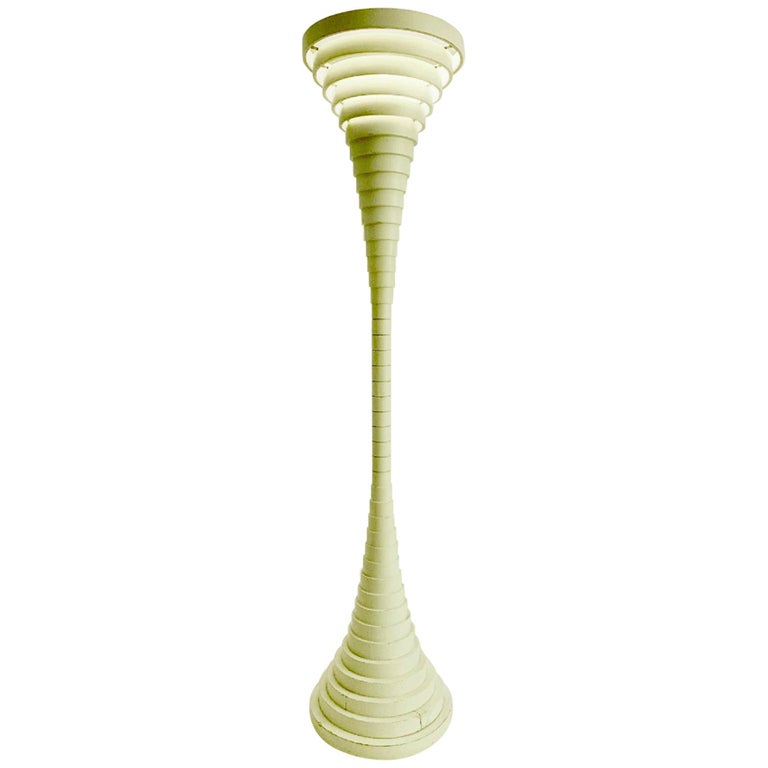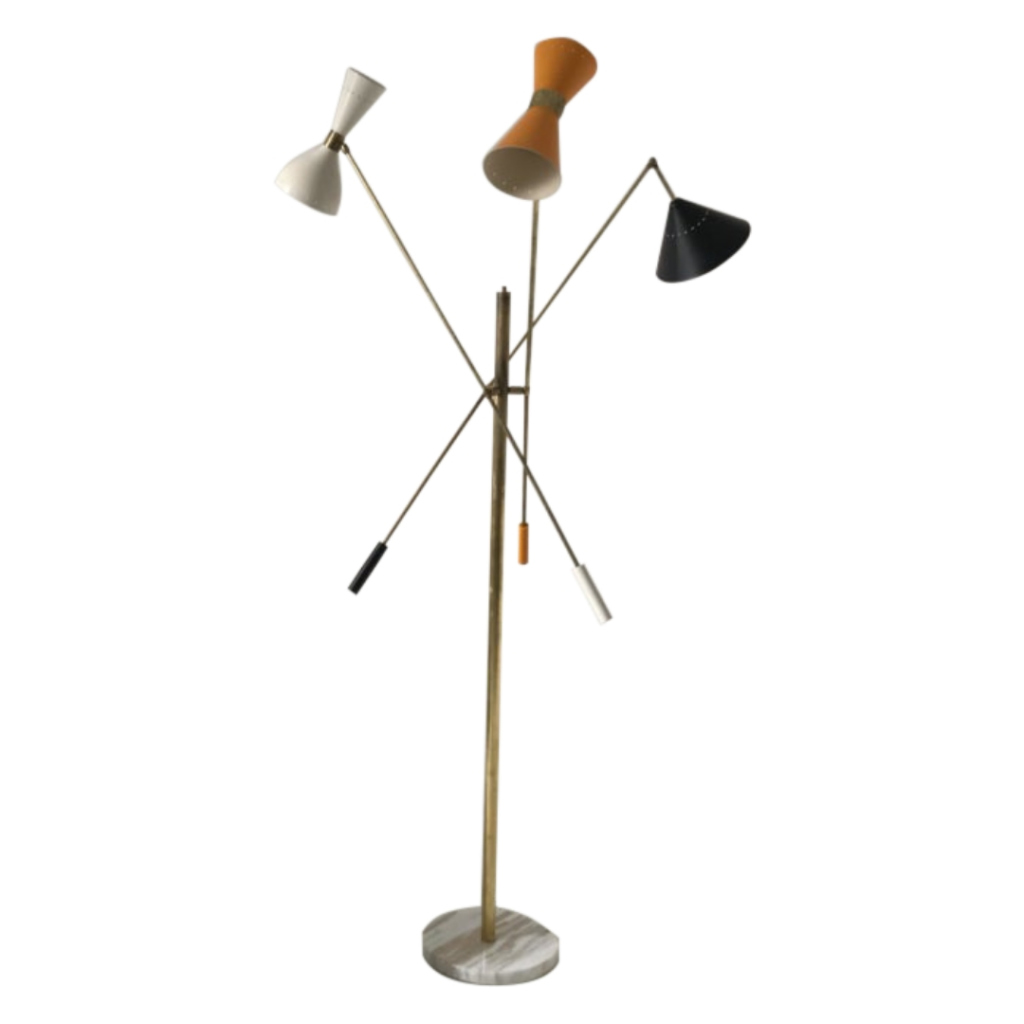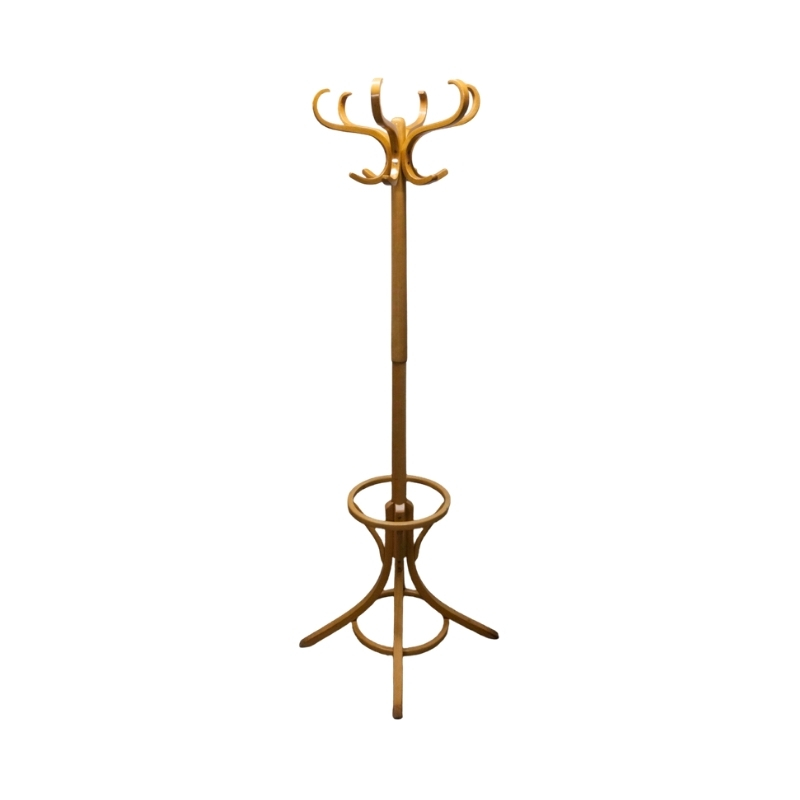The trim on the bottom of the armrest is normal. 3 screws is fewer than I have seen most other chairs have. With that trim piece removed, you can access the fasteners that secure the armrests to the wood chair frame. That is why that wood strip is there.
The joinery seam at the horn all looks correct.
I am unclear if Niels Vodder ever used any kind of formed plywood shells for the armrests, instead of using sheet metal.
It could be that the upholsterer glued wood to the bottom of the armrests to give him something to staple to, perhaps. I would try a strong magnet, and see if you can sense any attraction around the edge of the armrest.
It would be nice to see a photo of the rest of that piece of filler wood in the horn joint. And also the other side that does not have a filler. A lot of people someday will spend a lot of time thinking about this little piece of wood. It would be nice to see an ultra close up of the piece of filler to know whether it is teak or some other wood stained, or some other material.
There are very good fake Chieftains circulating on the market these days, and in order to determine the legitimacy of your chair more info is needed. Given the information made available here, there are definitely some red flags. It is hard to comprehend what has been done to the arms. It looks like marine plywood. If this wood has indeed been glued to the metal arms, one has to ask, WHY? Surely it would have been easier to just stitch or glue the leather on the underside of the arms. Like a lot easier.
The shot of the seat laying loosely on the floor; the seat looks to have sharper corners than what I am used to seeing. You answered the question about the wedge of teak inserted into the step joint. It's reassuring that it's only on one side. The area around that wedge looks flatter than how the chair normally appears. This might just be the photo, but maybe not.
I would like to see some more photos of the chair.
1) A low side shot of the chair.
2) A rear shot of the chair.
3) On the backside of the chair there is a small piece of wood that touches the backrest.
3) Clear underside shot of the entire chair.
4) Wood under the seat (remove the black muslin).
5) What's going on under the upholstery of the arms (very important).
6) Joint on the other side of the chair (without the wedge).
Ideally it would be most helpful to see the chair with all the pleather stripped off.
Also, provenance is very important with a chair like this. Where did it come from?
Let me add to my comment about finding the right upholsterer for this chair. The re-upholstery job that happened to this chair deviated vastly from the way it was originally done. This is doubly unfortunate. You have lost all the original patterns for the pieces. And even more insidiously, you have lost all the little details about how the various pieces meet. Like is this seam skived, and how much overlap, and is it spray glued, hand stitched, machine stitched, double welt, single welt, tacked in the gutter, what sort of tacks, and on and on an on.
So unless you would like to waste money on an upholstery job that a collector will regard as worthless, you will need to find an upholsterer who already knows how to upholster a Niels Vodder Chieftain chair (or maybe you can find your upholsterer a Niels Vodder chieftain chair to look at for reference). The pool of possible upholsterers was already small, and it this makes it just that much smaller.
If I had a chieftain chair with the original leather still on it, I would feel confident in doing a proper job of this chair, but I, for one, would not take on your chair unless I could find another chieftain chair as a reference for the task.
I don't know what your plans are with this chair, but you should bear this in mind. To get it re-upholstered right may require extra-ordinary costs and complexities.
DesignAddict Friends weighing in on My Chair: Before going any farther with this, I'm going to wait until the friend who gave it to me is back in the country, so that I can get details on how he obtained it. Believing that provenance will play a key role in this project, I think that would be best. So I may be posting again here in a couple of weeks, once I know more.
Actually, I know JKN/Jason from outside this forum and I know him to be an upstanding collector with a lot of knowledge especially pertinent to this chair and a helpful attitude. I think that Paxto could quite possibly benefit discussing the chair with Jason. There are plenty beware, but he is not one of them.
If you need any help, please contact us at – info@designaddict.com









